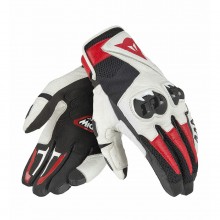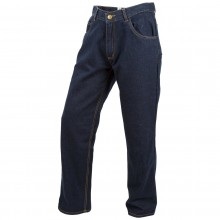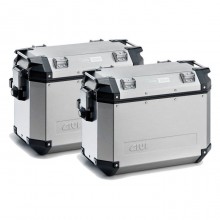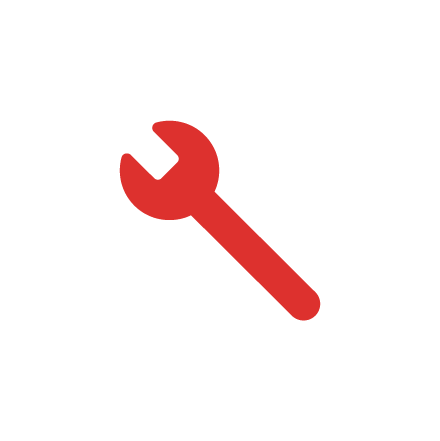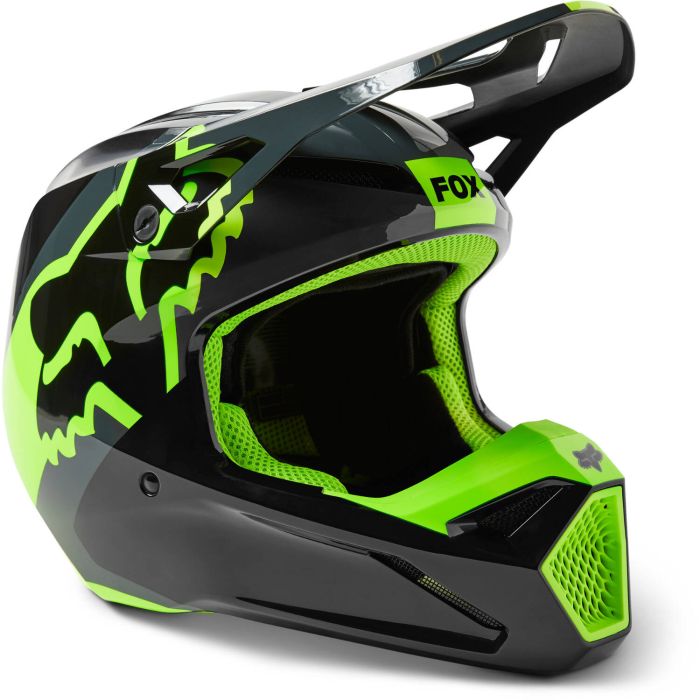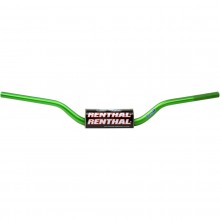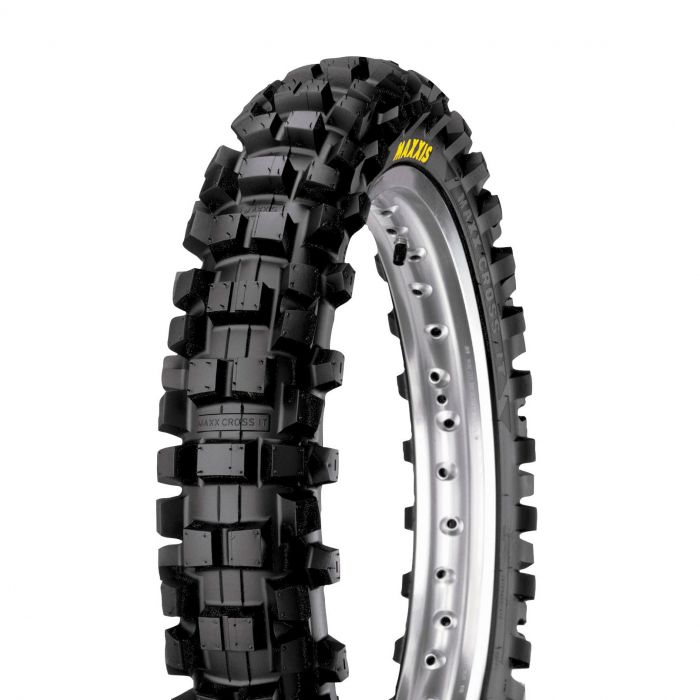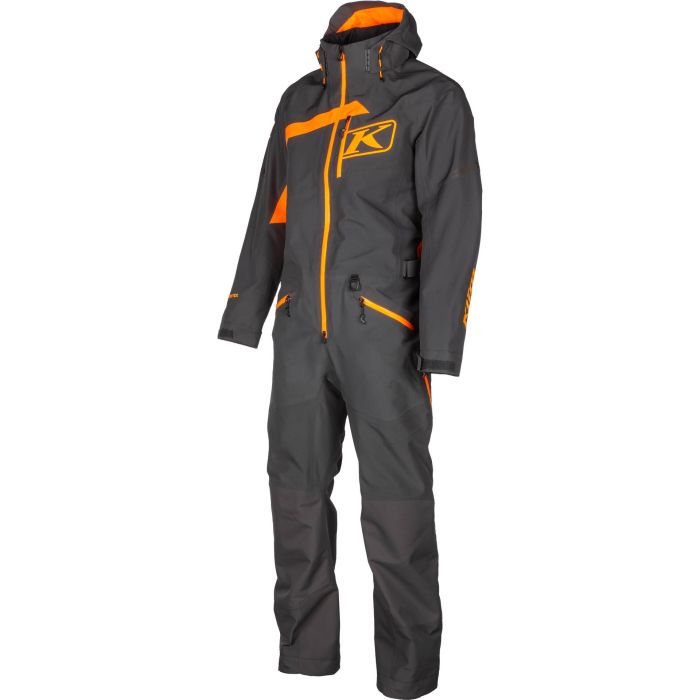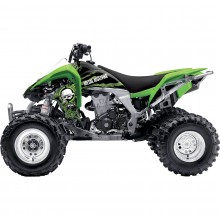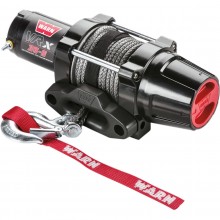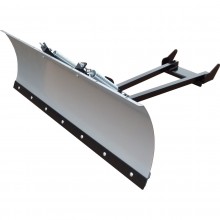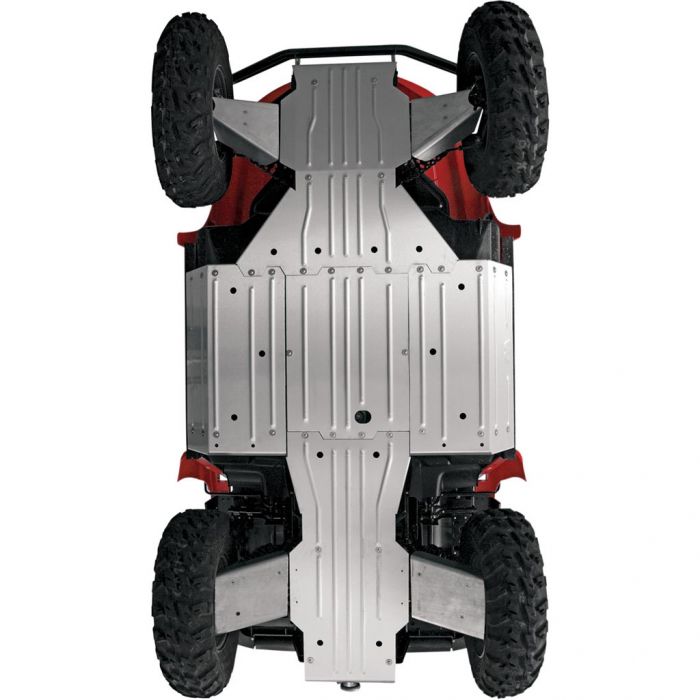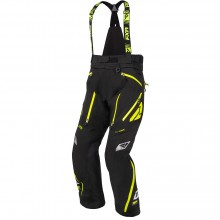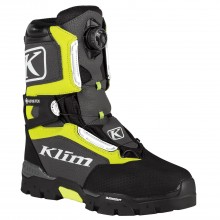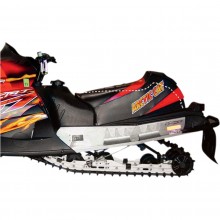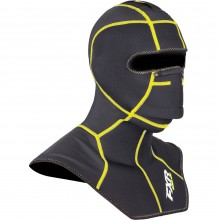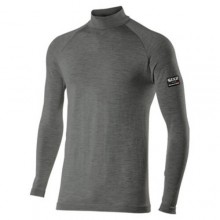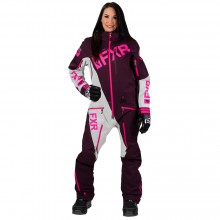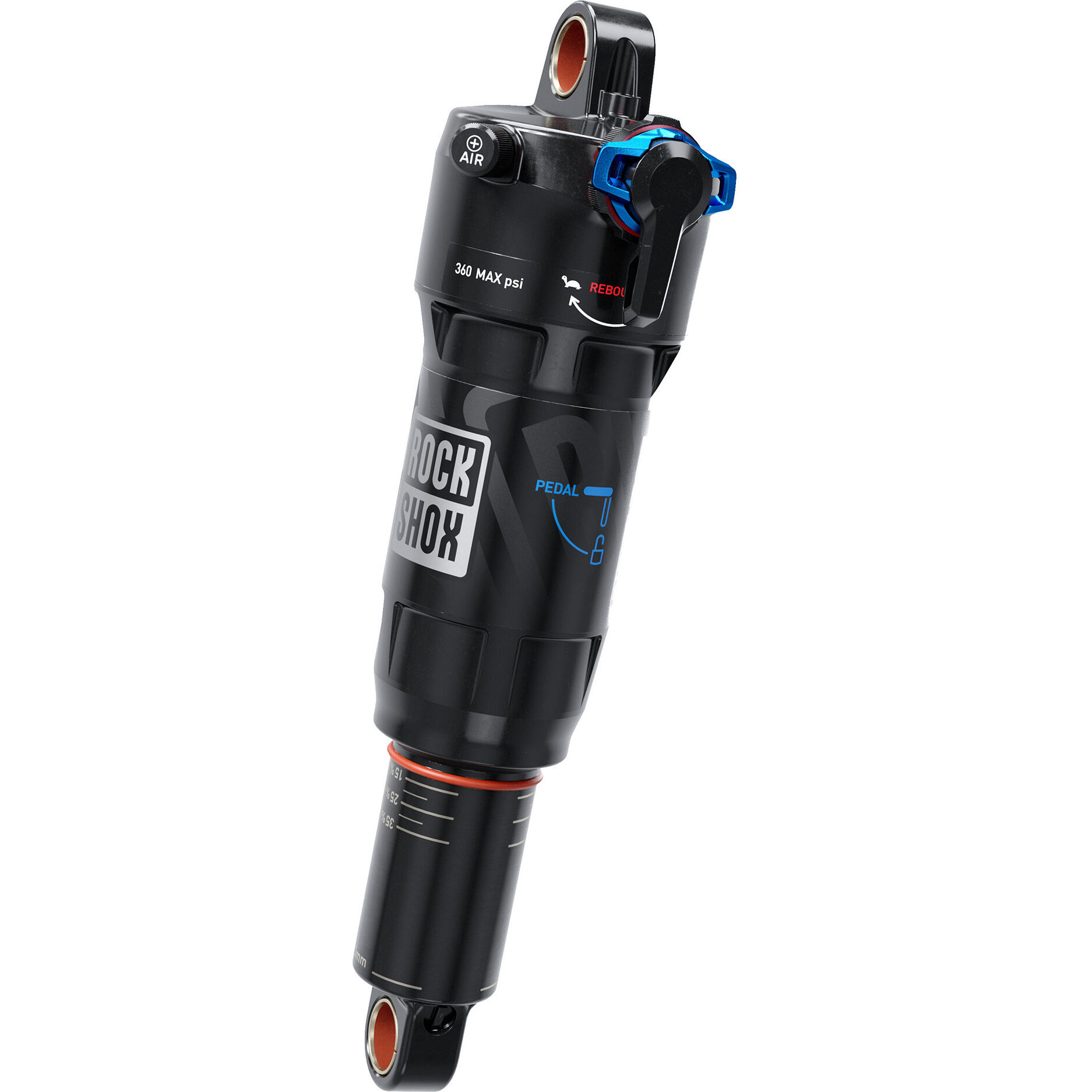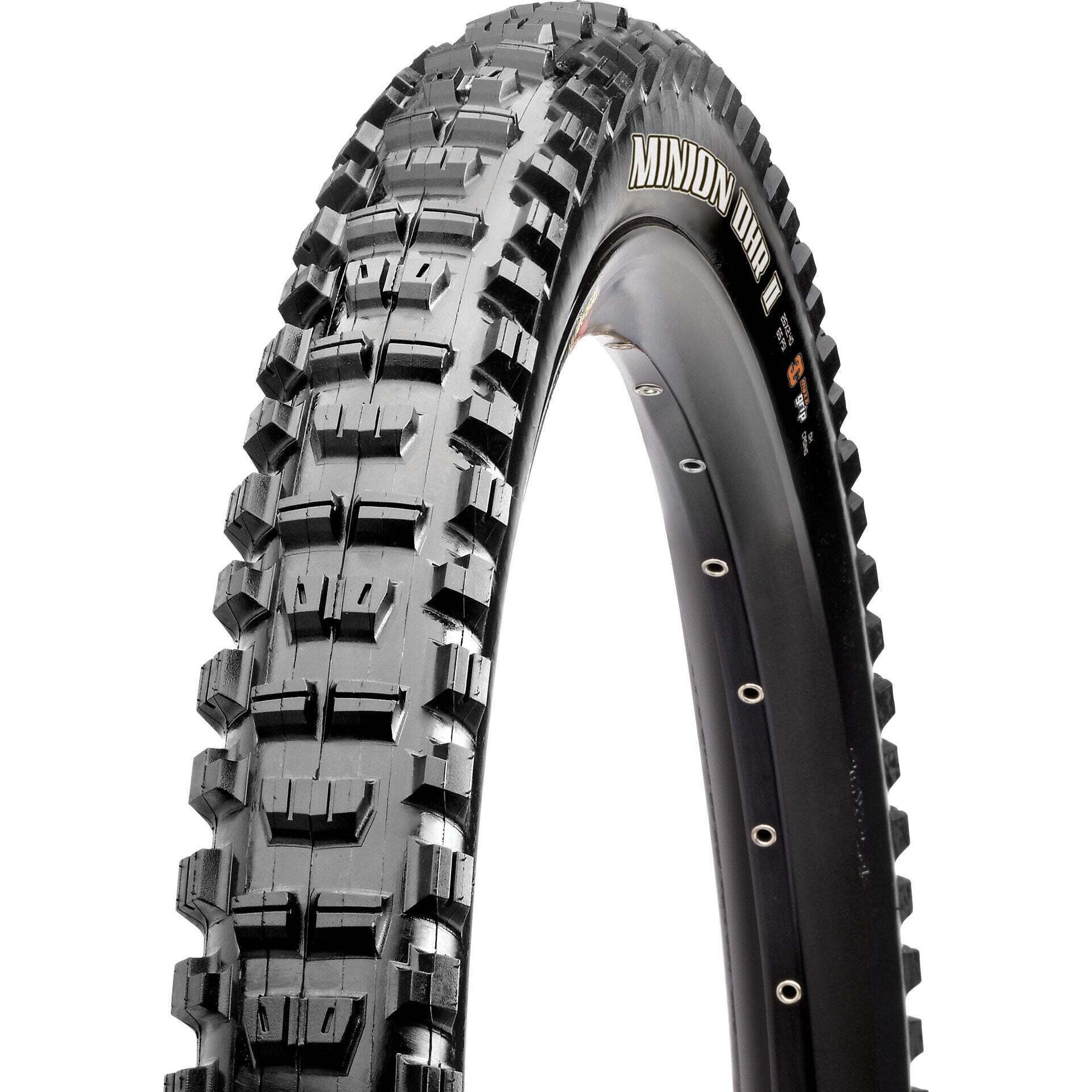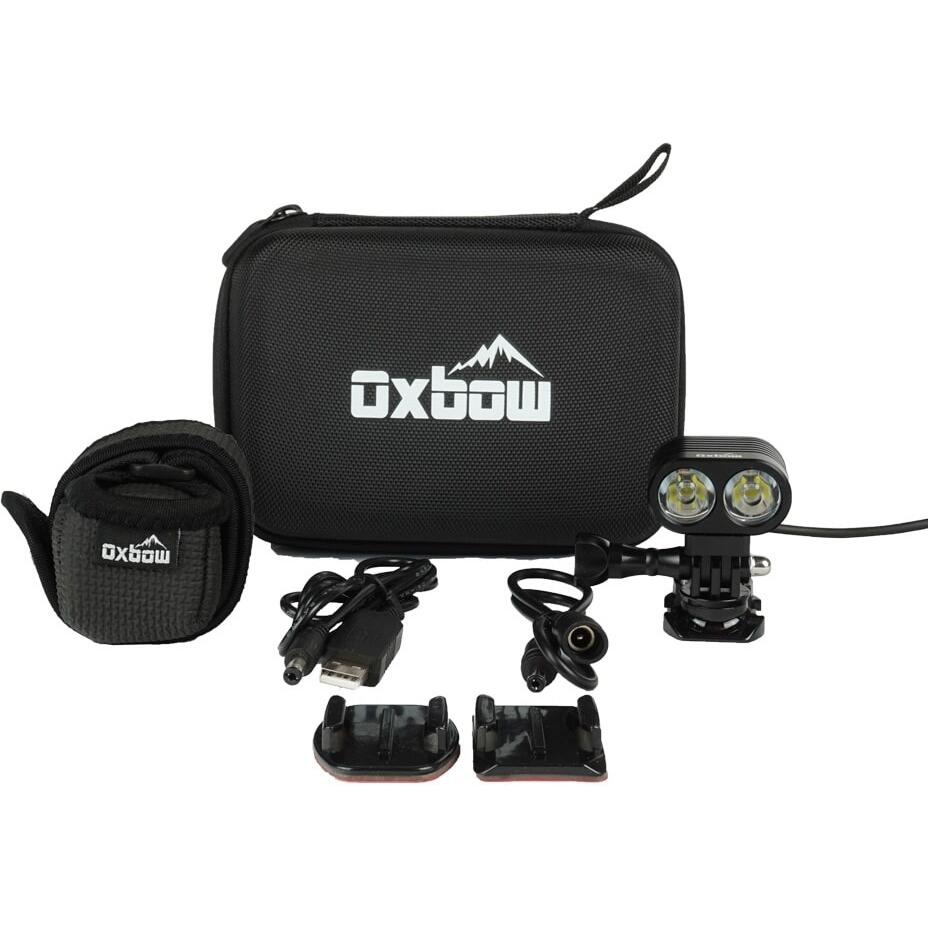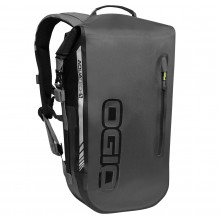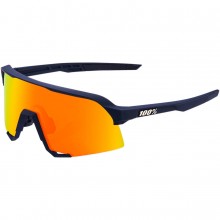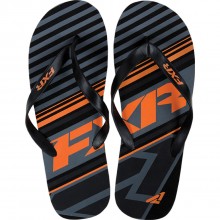
8 Types of Snowmobiles: A Buyer's Guide
Get to know the different types of snowmobiles out there before narrowing down your buying options.
Snowmobile Parts
Dec 25, 2022 — Are you looking for a new sled, but unsure where to start? Are you perhaps wondering if you have the right sled for the style of riding you are currently practicing? Do you want to build a snowman?
If you answered yes to any of these questions, you'll be glad to know that we’ve found a way to combine these interests in the magic number 8. Apart from looking like an actual snowman, it also represents the number of snowmobile types out there:
- Utility, Touring, Trail, Sport, Crossover, Mountain, High-Performance and Youth.
OK, we know the die-hard experts reading this will say that 8 is a pretty reductive number — that there is a 9th or even 10th option they came across in the North Pole or something. Well, we’re sorry to say that Santa’s sled didn’t make this list — it's all reindeer power and no horsepower.
Utility
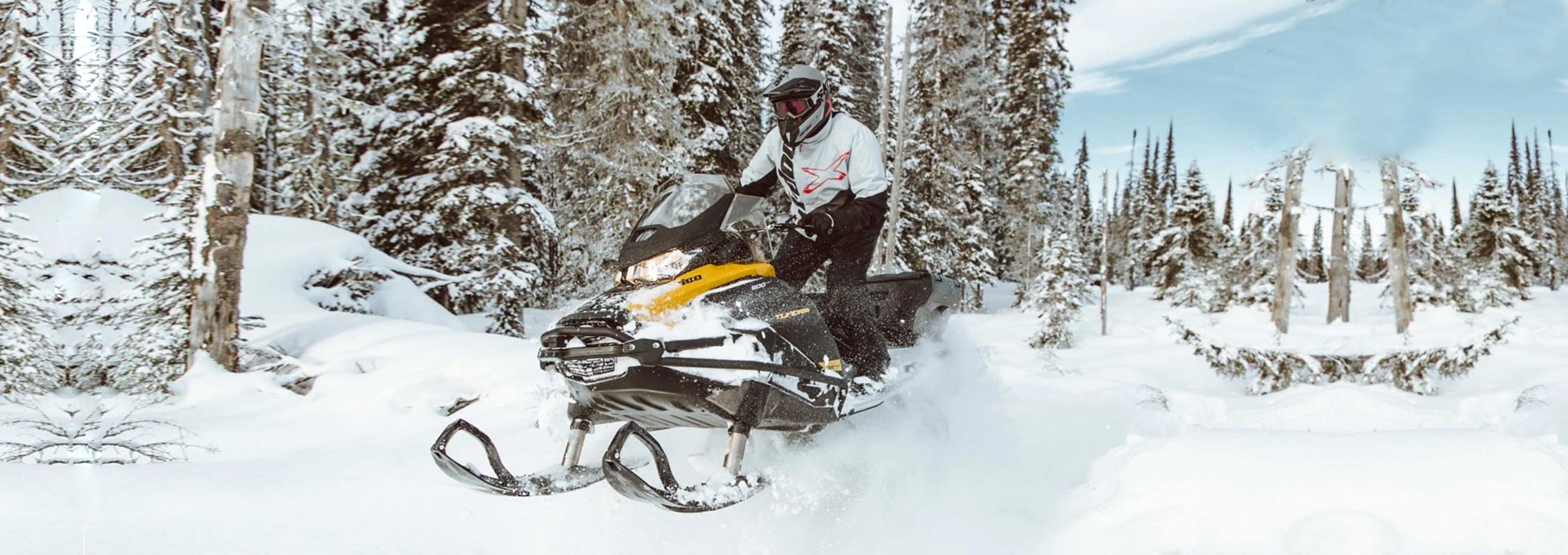
Source: Ski-Doo
The embodiment of everything functional in a snowmobile. This is what you take out when you’re maintaining trails, carrying equipment, transporting the injured, or haulin' ass. These snowmobile types will also have a wider tracks and added weight for more stability. They tear through heavy snow, and can get out of sticky situations with reverse function and electric start.
Sure, you won’t achieve the thrilling speeds of recreational snowmobiles, but you don’t buy a workhorse to enter it in the races anyway. Some examples of popular working sleds include the Polaris Voyageur, Yamaha Transporter, and Ski-Doo Tundra.
Pros
- A snowmobile that can do everything fairly well, and can handle more abuse than a recreational type.
- Added benefits of electric start and reverse function, but these features also appear in other types.
- Amazing towing power. Getting stuck in heavy snow becomes less of a worry.
- Can carry a lot more weight, and will be of great use in emergency situations.
Cons
- Not as light or nimble as other types. This is one chunky boy!
- If you like going fast, this won’t be your go-to. You can always try to convince a friend to buy this type of snowmobile so you can store all your gear with them, and go crazy ripping it up with a sport model.
Touring

Source: Yamaha
Specifically designed with — well, you guessed it — touring in mind. But if you think about it, it’s quite daring to look at a snowmobile and say:
No, this isn’t enough. Let’s turn it into a snow sofa.
As you can imagine, these "snowfas" have all the bells and whistles needed for any Arctic expedition: 2-up, heated seats, reverse, electric start, touring screen, comm systems, GPS, Bluetooth. Like the utility type, touring snowmobiles will remain heavy, with a bigger track. The added stability increases safety on longer distances, but has the drawback of reducing maneuverability.
Some touring snowmobile examples: Ski-Doo Grand Touring, Yamaha Venture, and Arctic Cat Pantera.
Pros
- All the luxury you could ever want out of a sled made to go the distance.
- Can handle 2-up and additional cargo with ease, while always remaining stable.
Cons
- Not the easiest to handle. Not just because of added weight, but also because of the longer and wider track. If speed and quick turns are your priorities, consider a more nimble model.
- Let’s just say the starting price isn’t cheap.
Trail

Source: Polaris
Likely the opposite of the touring model in almost every aspect. These are lightweight, comfortable, and affordable snowmobiles, with great available torque, though a little more tamed compared to a sport model. For the recreational or beginner rider, trail snowmobiles can do it all, and prove to be a lot of fun!
Among the popular trail models we have the Polaris Indy, Ski-Doo MX-Z, and Arctic Cat ZR.
Pros
- Nimble, without sacrificing too much on safety and comfort.
- Solid power delivery, but nothing that will get you into loads of trouble. A great option for beginner riders who want to learn.
- Affordable and accessible.
Cons
- Not the best option for more aggressive riders looking for better suspension.
- If you ride off-trail quite frequently, it could be worthwhile to invest in something better suited for other types of terrain.
Sport

Source: Ski-Doo
This one is for the riders who want to take their trail riding a step up, with more horsepower and suspension available compared to a trail snowmobile. The name of the game is control, with good handling at both low and high speeds. This snowmobile type retains some comfort, and isn’t as extreme as a race or high-performance machine.
Some examples: Polaris Indy XC & EVO, Yamaha Sidewinder X, and Ski-Doo MX-Z X-RS.
Pros
- A step up from the trail type, with more available power and room to push your riding skill further.
- Great suspension and handling, with all the more room to modify and upgrade.
Cons
- Faster than a trail sled, but might not enough to cut it for racing and thrill-seeking.
- Typically reserved for recreational use — lacks the bells and whistles of a touring and mountain sled, so it might be best to avoid month-long trips on these.
Crossover
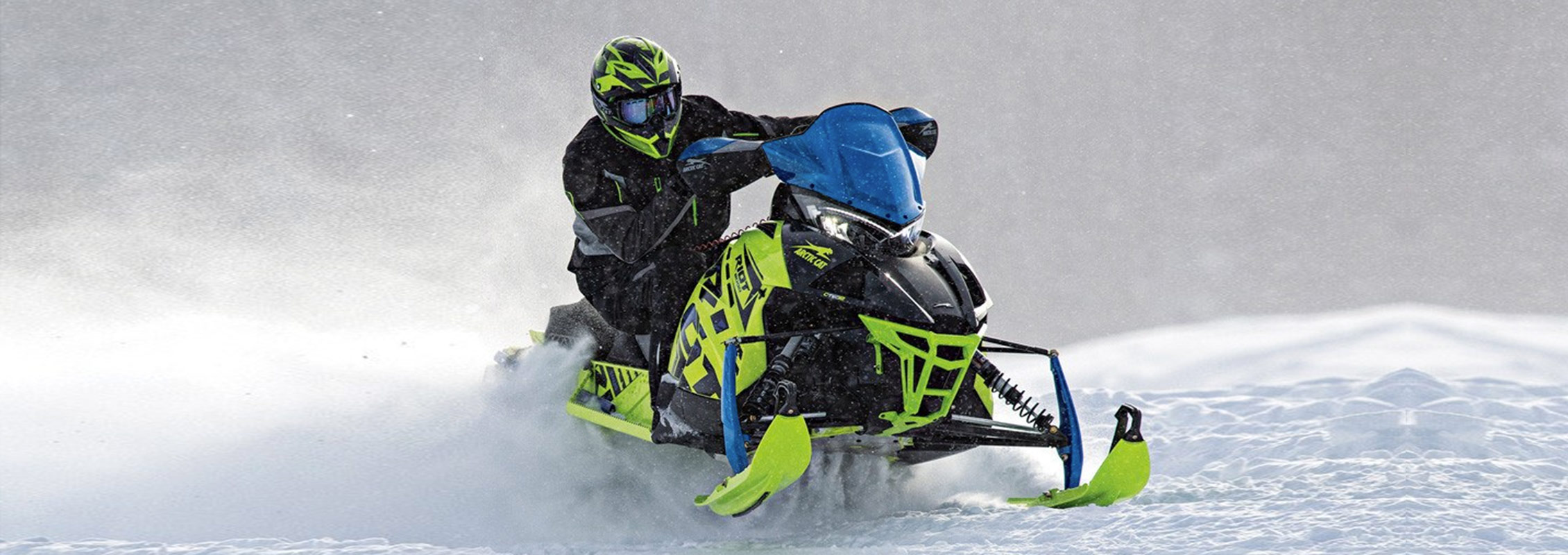
Source: Snowmobile.com
Likely the most versatile option out there, if you’re the more adventurous type, and like to go off-trail. Crossover types will come with a longer track, making riding on fresh powder feel more stable. You’ll have the available power to attack hills, but the crossover isn’t ideal if you are constantly going uphill.
Known crossover models include the Ski-Doo Renegade, Polaris Switchback Assault, and Arctic Cat Riot.
Pros
- The snowmobile type that can do anything, suitable for most if not all riding conditions, to an extent.
- Even though most models come with a bigger track, this type does not sacrifice too much maneuverability, and remains easy and fun to control.
Cons
- Not really an option to consider if you do not ride off-trail.
- Not as good as a mountain type snowmobile in dealing with tight trails and uphills.
Mountain
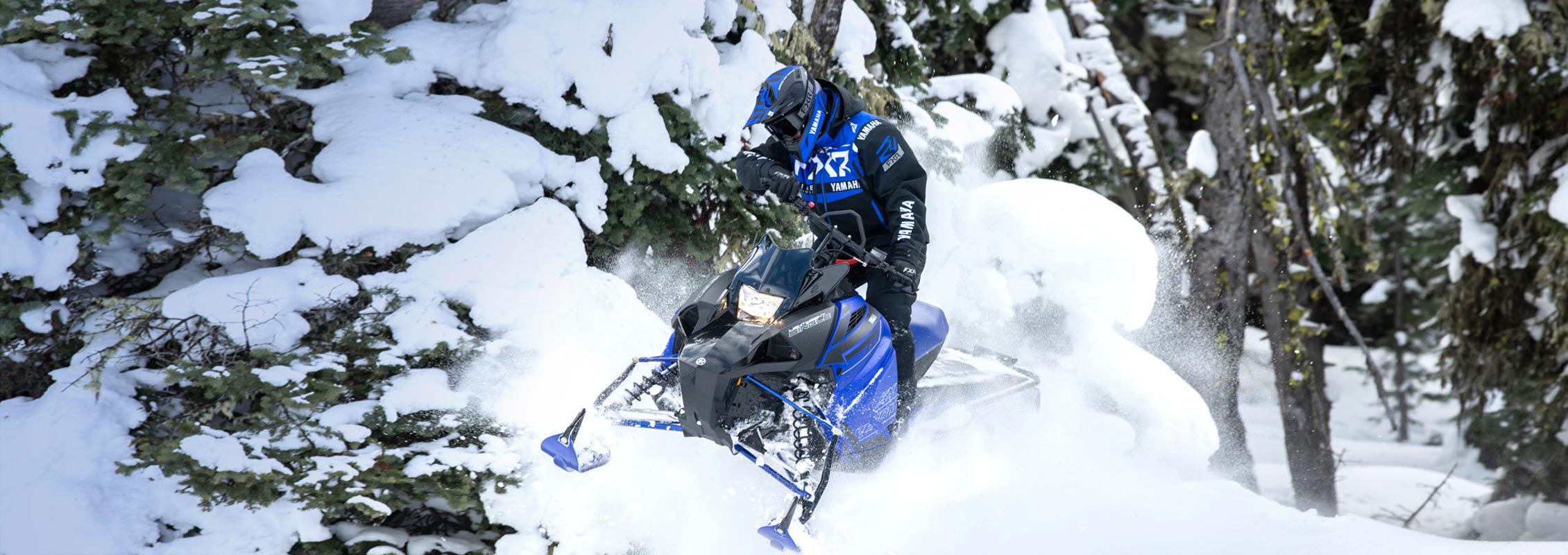
Source: Yamaha
You would think that this type would be the big baddy, but it turns out that it is actually slimmer and lighter than many models, allowing it to easily fit through tighter turns in wooded areas. This model also comes with high horsepower, as one can expect when the principal function is to climb uphill. Longer tracks go without saying, since most of the riding done is off-trail.
Popular mountain sleds: Arctic Cat Mountain Cat, Ski-Doo Summit, and Yamaha SX Venom.
Pros
- Uphill monster.
- Lightweight and narrow frame, great for navigating unfamiliar and remote areas.
Cons
- Performance drop to be expected at higher elevations.
- Handling isn’t great on normal trails. Consider this option if the majority of your riding is off-trail.
High-Performance
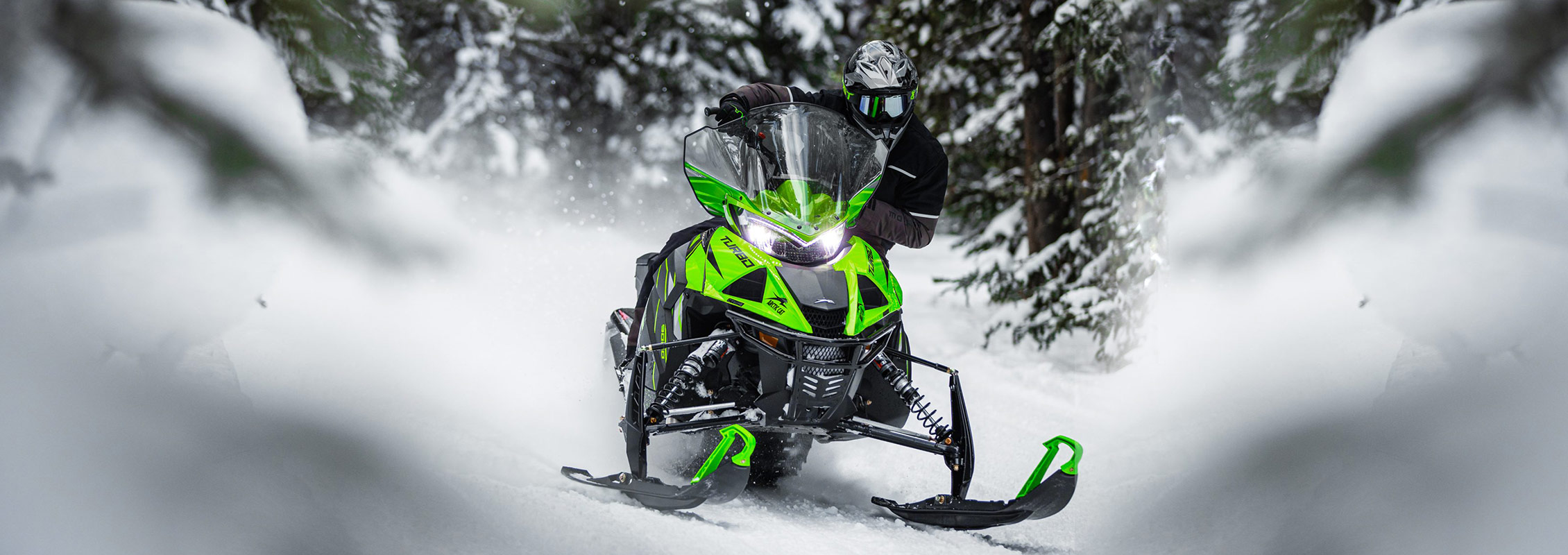
Source: Sled Magazine
Like many types in this list, the name kind of gives it away. Pretty much the top of the line sleds for you racers out there. Best suspension available, precise handling, speed; all at the expense of comfort…. Because nobody really cares about how cushy a seat is when their backside isn’t even touching it.
Some examples: Arctic Cat 6000 R, Arctic Cat 440 Sno Pro, and Polaris IQ 600.
Pros
- All the performance thrills you could ever want out of a sled.
- Tough suspension, incredible handling on most terrain.
Cons
- Far from beginner-friendly. Ride with caution and have some experience if you plan on buying one.
- Comfort and extra add-ons are generally not prioritized. Expect a bare-bones setup.
- Might need extra-tweaking and mechanical know-how to unlock its true potential.
Youth

Source: Yamaha
Ah yes, another self-explanatory title. Everything you are assuming is probably correct: smaller frame, low horsepower, with additional safety features like a speed limiter and tether strap attached to the keys. Most models are made for children that are at least 8 years old, and the principal utility these have is to teach them the basics. Sure, the sled won’t be quick, but at least it’ll have flame decals to make up for it.
Popular youth models: Yamaha SnoScoot ES, Arctic Cat ZR 200, Polaris Indy 120.
Pros
- Not putting your kid on a sport model and telling them “Let it rip!” is a smart choice.
- Added safety features not really found on adult models.
Cons
- Depending on how old and skilled your kid is, these models can be outgrown rather quickly.
- Brand new price point might not be that enticing if you’re buying just to trade up next season.
Browse Youth Snow Gear
When All’s Sled & Done
Whether you’re carving through the backcountry, or pleasantly gliding on scenic trails, pick the sled that works for you, not the one that has you working a corner like you’re part of some nightmare rodeo.
Fortunately, many types of sled do similar things, so consider your precise application(s) and factor in things like budget, ease of use, riding frequency, and the type of performance you’d like to get. Research is paramount, especially if you are buying used!
After something light and easy to handle? Look into trail, sport trail, or race snowmobiles. All about practical use and longevity? Consider utility and touring options.
Oh, and if you come across 2-stroke vs 4-stroke debates, just save yourself the constant hassle of frequent maintenance and go for 4. That is, unless you like to tinker with things yourself, and are looking for more of a performance boost and response. Then by all means, a 2-stroke will get you mad air. Cowabunga! Or should we say… Snowabunga!
Related Articles
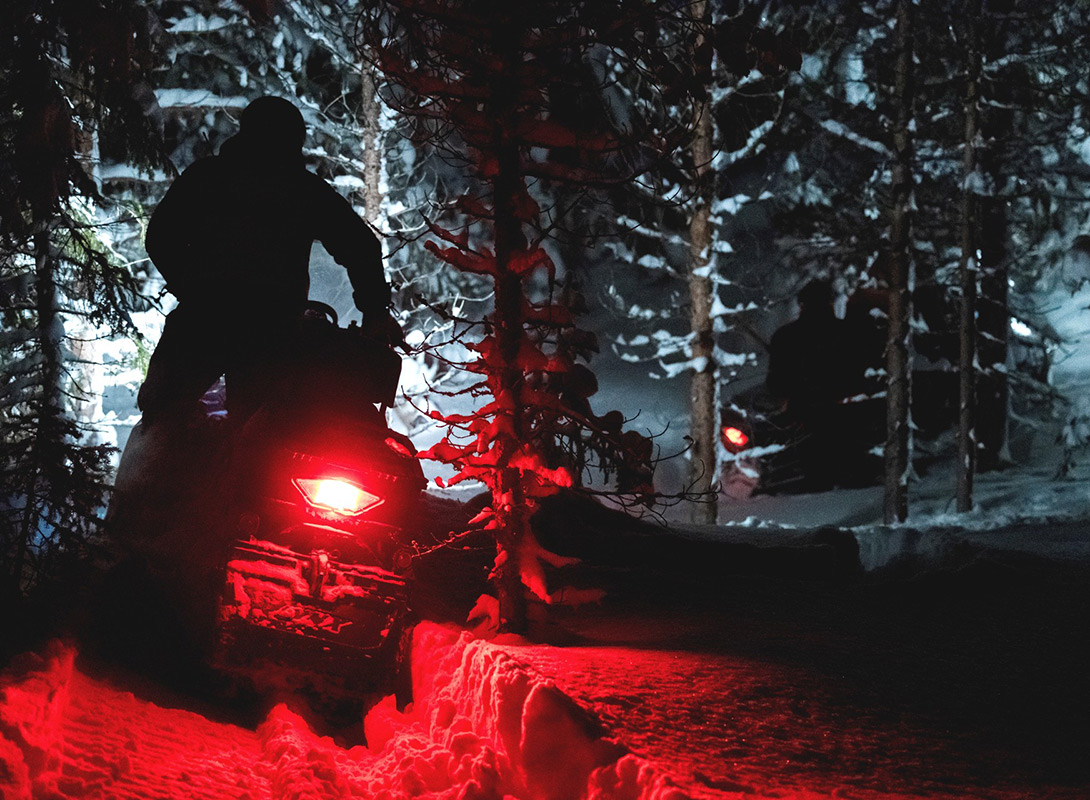
Preventing Snowmobile Theft
With ninja tactics such as these, who would even dare to look at your snowmobile the wrong way?
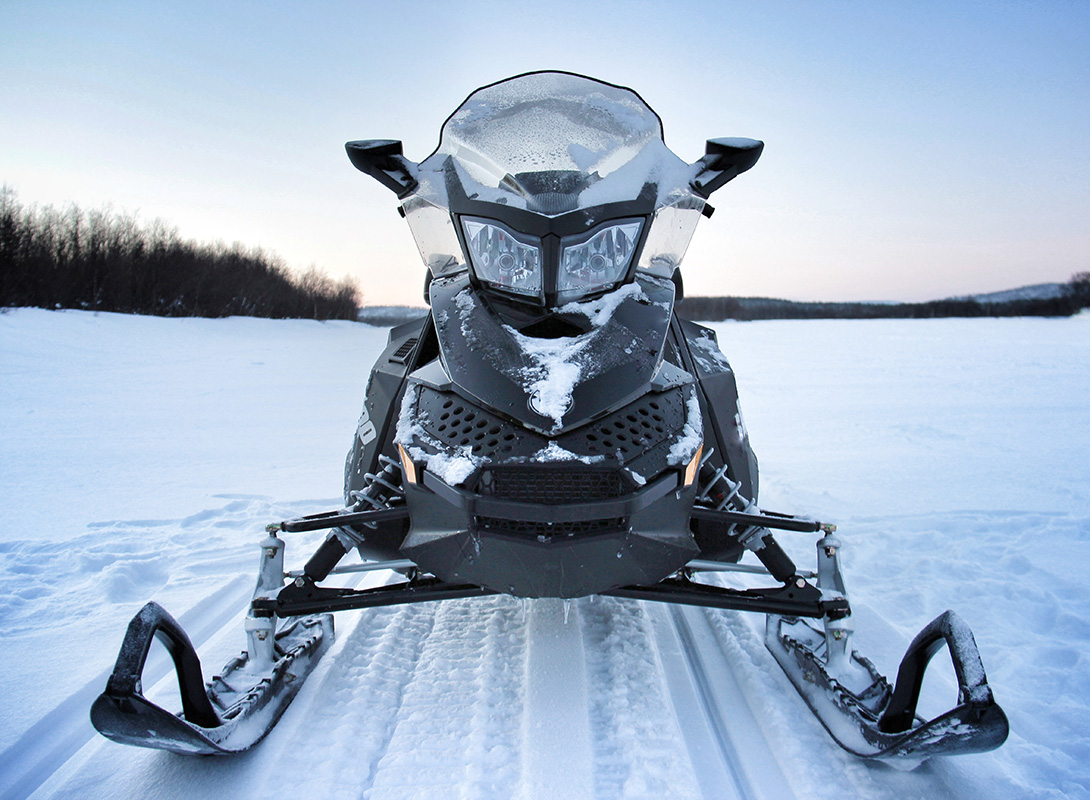
Before You Buy a New Snowmobile
What kind of things should you be looking out for prior to purchasing a new snowmobile?
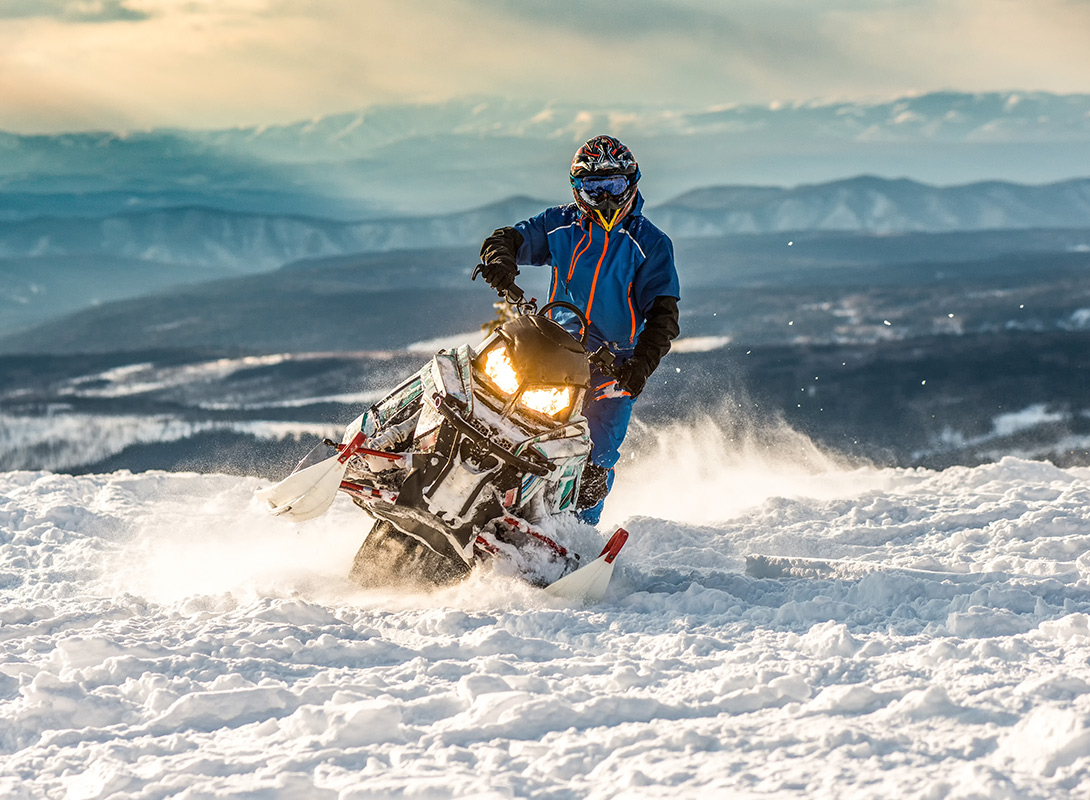
Snowmobile Gear Guide
Our list of must-haves to get you through sledding season, plus some extras if you want to get fancy. Snowsuit up!



